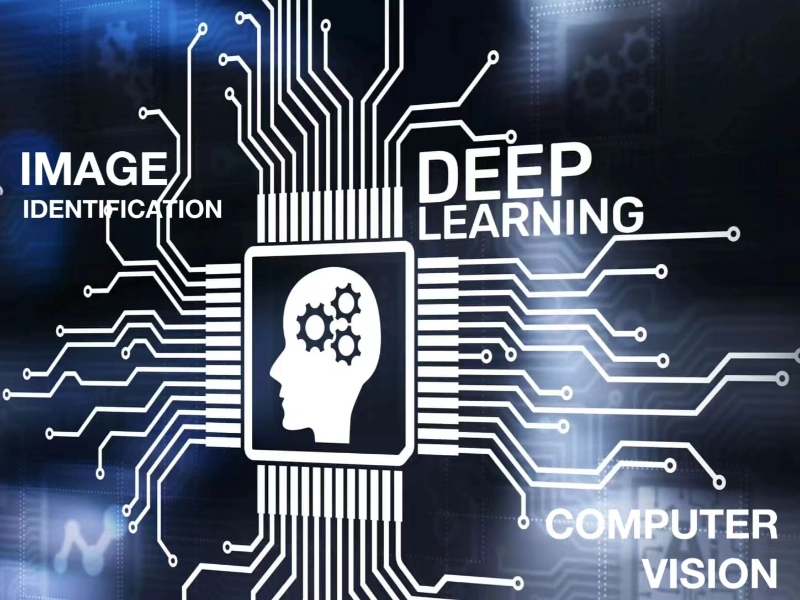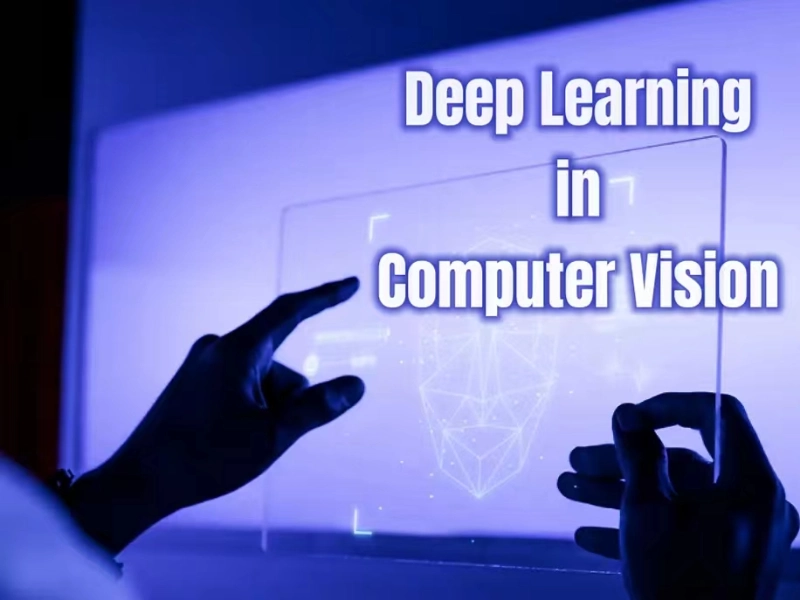- The importance of deep learning in computer vision is reflected in its powerful feature learning and representation capabilities, end-to-end learning approach, demand for large-scale data and computational resources, and wide range of application scenarios.
- Deep learning-based image classification enhances search engines, content moderation, and product categorization in online platforms.
- Deep learning-based object identification and face recognition techniques enhance accuracy and efficiency in tasks such as real-time detection, security monitoring, access control, and automated systems.
Deep learning and computer vision are two major areas of interest in the field of artificial intelligence today. Deep learning, as a machine learning method, has achieved great success in the fields of image, speech, and natural language processing with its powerful feature learning and representation capabilities. Computer vision, on the other hand, is an important branch of artificial intelligence, aiming to enable computers to “read” images and videos like humans and respond accordingly.
Also read: Who is Demis Hassabis? Co-founder of DeepMind
Importance of deep learning in the computer version
Deep learning is an approach to machine learning in which the core idea is to learn feature representations of data by building multi-level neural network models. Compared with traditional machine learning algorithms, deep learning models have more powerful expressive capabilities and can automatically learn complex feature representations from raw data and use these feature representations to perform tasks such as classification, regression, and clustering.
Deep learning models usually include an input layer, multiple hidden layers and an output layer, where the connection weights between the hidden layers are automatically learned from the training data, and the model parameters are continuously adjusted to minimise the loss function through a back-propagation algorithm.
Computer vision is a branch of the field of artificial intelligence that aims to enable computers to acquire, understand and interpret information from images and videos.
The goal of computer vision is to enable computers to “see” images and videos as humans do, and obtain useful information from them. The main tasks of computer vision include image classification, target detection, image segmentation, pose estimation, depth estimation and so on.
Deep learning has become one of the key technologies that drive the rapid development of the computer vision field. Deep learning models have powerful feature learning and representation capabilities and can automatically learn complex feature representations from raw data, especially convolutional neural networks (CNN), which can automatically learn feature representations suitable for the task, thus significantly improving the accuracy and generalisation of computer vision tasks.
Deep learning models can perform end-to-end learning directly from raw data, eliminating the need to manually design feature extractors and simplifying the process of computer vision tasks.
Deep learning models usually require a large amount of annotated data for training and usually require large-scale computational resources for model training and optimisation.
Deep learning has achieved great success in computer vision tasks such as image classification, target detection, and image generation, and has been widely used in medical image analysis, intelligent surveillance, autonomous driving, and virtual reality.
Also read: How to use Google DeepMind in different domains
Scenarios for deep learning in computer vision
1. Image classification
The principle of image classification application involves three main steps: feature extraction, model training and inference. Firstly, feature extraction is the key step, through models such as convolutional neural network (CNN), the network can gradually extract local and global features of the image to achieve an abstract representation of the image content.
Second, the model training phase uses training data with labels, measures the difference between the model output and the real labels by defining a loss function, and uses backpropagation algorithms and optimisers to continually adjust the model parameters so that the model can learn appropriate feature representations and classification laws.
Finally, in the inference phase, the trained model is used to classify the new unknown image and select the category with the highest probability as the classification result of the image.
Search engines such as Google and Bing use deep learning algorithms to provide accurate and relevant search results based on image queries. Similarly, content review platforms such as Facebook and YouTube use deep learning to automatically flag and remove inappropriate content.
Online shopping platforms usually use image classification techniques to automatically identify product images and categorise them into appropriate product categories, thus improving the accuracy of product search and user experience. For example, Amazon‘s product search function uses image classification technology to identify objects and features in product images and automatically recommend relevant products for users.

2. Object identification
The first stage requires a Region Proposal Network (RPN), which provides several candidate regions containing significant objects. The second step is to send the region proposals to the neural classifier structure, usually the RCNN-based hierarchical clustering algorithm or region of interest (ROI) pooling in fast RCNN. These procedures are very accurate but very slow.
With the need for real-time object detection, one-step object detection architectures such as YOLO (you only look once) and RetinaNet have emerged. These combine identification and classification steps by regressing bounding assumptions. Each bounding box is represented by just a few coordinates, which makes it easy to combine the detection and classification steps and speed up the processing.
3. Face recognition
The first step in face recognition is face detection, which means accurately locating the position of a face in an image from an image or video. Deep learning techniques can achieve accurate detection of faces in images through models such as convolutional neural networks (CNN).
Typical face detection models such as R-CNN, Fast R-CNN, Faster R-CNN and YOLO. These models achieve accurate localisation of the face position by sliding a fixed-size window over the image and then using convolutional neural networks for feature extraction and classification.
After face detection, the next step is feature extraction of the detected face. Pre-trained deep learning models (such as ResNet and MobileNet) are usually used as feature extractors, and the abstract feature representation of the face in the image is obtained by feeding the face image into these models.
Finally, face matching is performed to recognise faces by comparing the extracted face feature representations. The methods for face matching include Euclidean distance and cosine similarity. Usually, the system stores some known face feature vectors in advance and then compares the face features to be recognised with the known features, and determines whether the matching is successful by setting a threshold.
In practice, face recognition technology is widely used in security monitoring, access control systems, face payment, face unlocking and other fields.

